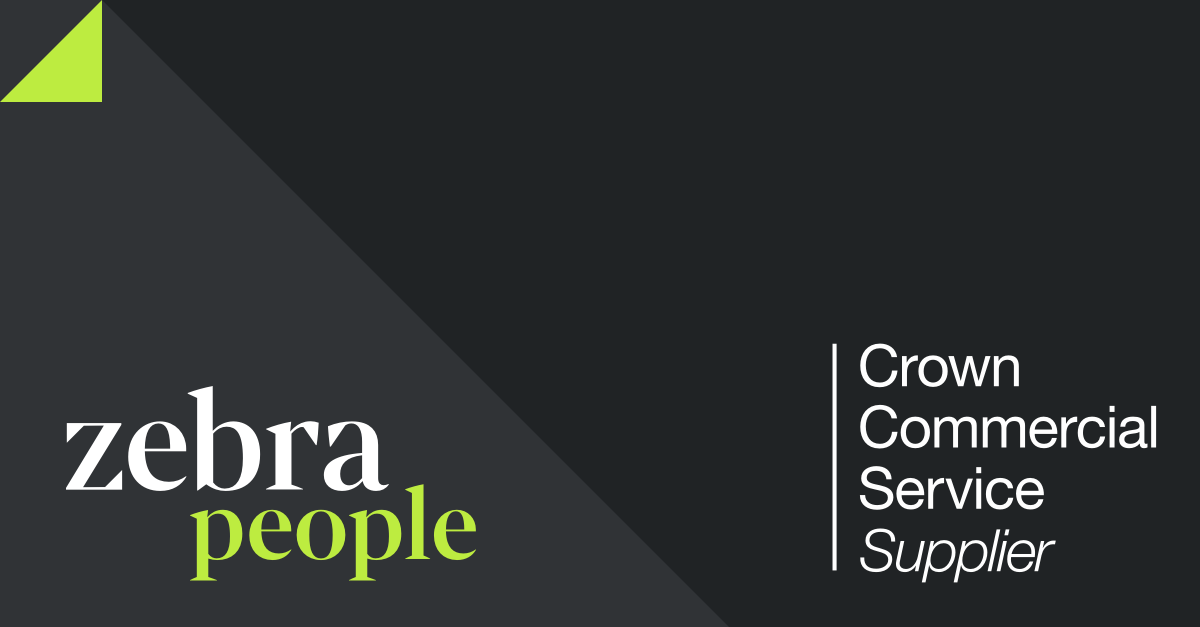Ok, I admit the title is a little bit like ‘click bait’…but unfortunately, it’s not far from the truth.
On a daily basis, the one topic that consistently comes up when I speak to candidates is job titles. There seems to be a lot of confusion in the digital design sector where job titles are concerned with comments being along the lines of:
“I’m a Product Designer, but all the job specs I read are looking for something else”
“I’m a UI/Visual Designer but I am constantly asked about my UX ability”
“I am a Product Designer and they want me to write code”
“I design chairs…not mobile apps!”
The list goes on!
To be honest, the simple solution to this problem is to almost ignore job titles completely. I know that this seems like a crazy concept but aside from letting you know that the role is in the general ballpark of what you are looking for…they do little else.
From one company to the next they almost always mean something slightly different. For example a ‘Product Designer’ role can come with many different focuses. It could be truly end to end or focus on parts of the product process for example: UX, Interaction, Prototyping, UI etc. To complicate things further, there is also the digital and industrial product designer.
Even the level of a role can mean absolutely nothing. A Midweight in one team could be a Junior in another or a Director in one is a lead somewhere else, and so on.
So, with all of these crossovers how can we best navigate the minefield that is a job board today?
Candidates:
If you are actively looking for a role and sifting through job descriptions on a daily basis, there are a number of things you can do to minimise the headache:
- First, identify exactly what you are looking for in a role and take the title out of the equation. Think about your skills and what you want to be doing. This will help you spot the role that is right for you – when you are reading through the responsibilities, they should match up.
- Read the job specs carefully to understand the responsibilities of the role and match them to your expectation. 9 times out of 10 this is much more accurate than the title.
- Don’t be too proud. Just because the role has Junior, Midweight or Senior in the title doesn’t definitely mean it is not for you. Take the time to understand exactly what that means and then make a judgment.
- Salary is usually a better indication of level than the title. Look for roles that are within your bracket rather than the title that sounds like it could fit.
- It can help to work closely with recruiters you know and trust. They should be able to give you greater insight into what the role is all about and what the company is looking for.
If you are hiring:
Writing job specs can be tricky. Even more so if you are a start-up building a new design team with a broad scope or opening new roles that your organisation has never recruited for before. A few things to think about are:
- Call the role what it is, not what you think sounds better. If you are looking for a UI Designer for mobile apps, call it a UI Designer, not a Product Designer. Looking for a UX Designer? Then that’s the title. We can even start including the word “Industrial” or “Digital” before “Product Designer” to help differentiate between the two. This will help candidates to find your role as they will likely be searching for specific job titles.
- The key is to know exactly what you are looking for and talk about it in the spec. Generalist job specs are only going to confuse candidates. You risk the good ones ignoring your role because you haven’t been specific enough!
- Please, please, please stop looking for what can only be described as a unicorn by trying to squeeze as many skills into a role as possible. Sure, you might find the one needle in a haystack who says they are a: UX, UI, Dev, Motion, Video, Copywriter and Project Manager rolled into one and possibly save a little on budget in the process, but in the long run, this will definitely do you no favors.
- Ask for help. Specialist recruiters should be able to help identify the kind of candidates you are targeting based on the role responsibilities and how best to advertise to attract the right people. We are more than happy to give advice when it comes to job descriptions.



